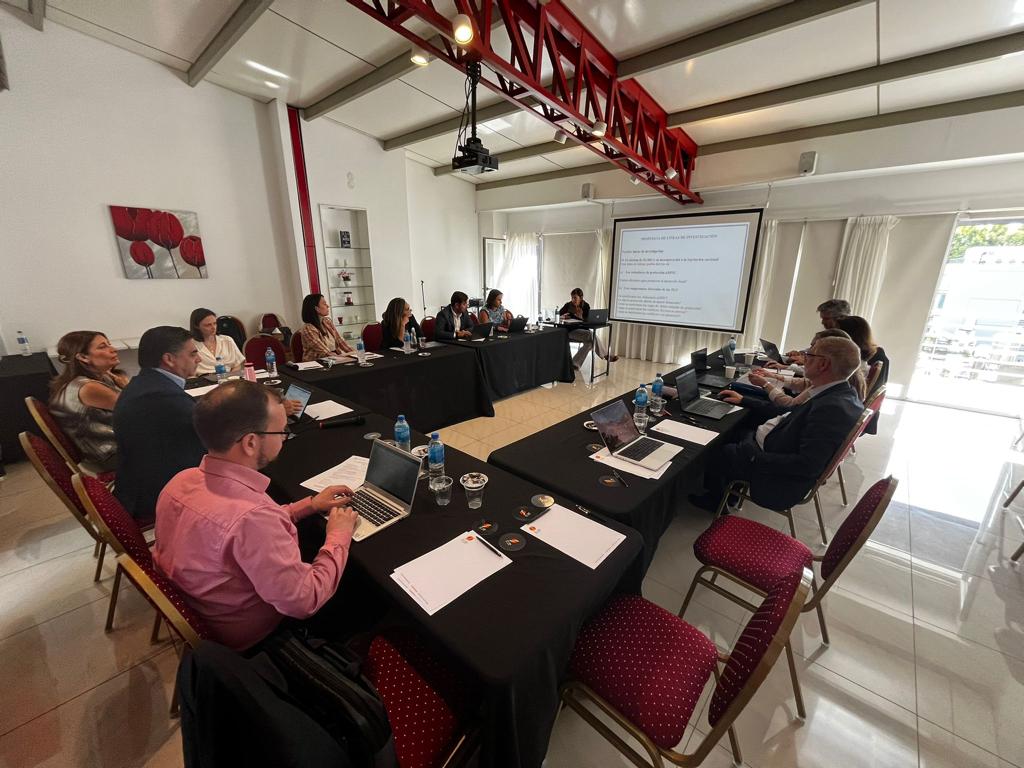
Many authorities have remained since their creation in a situation that combines one or more of the problems described in the previous paragraph without having managed to make the leap towards a consolidated competition policy. There are some exceptions to this, such as Brazil, Chile and Colombia.
This situation is related to a structural problem of development in the region due to the political economy of the different countries. The economies in Latin America are wealth extractive rather than innovative. This is reflected in performance measures such as low adoption of recent technologies and low investment in research and development. The dominant companies in the region have an interest in maintaining a weak competition policy in order to protect their rents obtained under the current system. They use their economic and political power to influence, among others: 1) the design of competition laws, 2) their enforcement, 3) regulations affecting the intensity of competition in their markets, and 4) other areas of public policy aimed at controlling the market and political power of firms. Political power can be used not only to close markets but also to prevent the adoption of regulations that force firms to internalize spillover costs generated by their production processes such as environmental pollution.
There is a relationship of mutual influence between market power and the influence of firms on the political processes of rule formation that affect markets. Companies of large size in terms of aggregate profits have the resources to incur lobbying expenses and donations to political parties, among other mechanisms, in order to influence state decisions. This is colloquially known as "quack economics". It was discussed whether competition law, as it is understood in the conventional wisdom, is a useful tool to address the structural problems described.
One point of discussion was whether it is necessary to adopt a broader approach than consumer welfare to address the problems described through competition law. On this point, while consumer welfare and its focus on prices does not capture the full harm produced by anticompetitive behavior in the economy, incorporating other variables (e.g., political) in the analysis of cases carries risks related to the costs of competition law enforcement (e.g., firm uncertainty and litigation costs due to the additional complexity of the analysis).
In light of this, a first approach to maximize the effects of competition policy on the socio-economic development of the region may be through the prioritization of competition authorities. Enforcement can be focused on markets that are strategic to development objectives such as access to medical treatment, nutrition, agricultural inputs, financial inclusion, education, etc. and where there may also be a political power issue - which can be measured by indicators such as lobbying expenditures and donations to political parties. In this way, the analysis of political factors and other variables such as environmental externalities and health would be confined to the choice of priority markets. The analysis of the specific case (investigation for anticompetitive practices or merger control) would be done based on the current analytical framework based on a correct understanding of economic efficiency and consumer welfare.
A subsequent problem is the effectiveness of competition law enforcement in these markets. The problem was discussed that many firms treat fines and damages (where the laws provide for them) as a cost of production and that this does not alter their behavior. The feasibility of preferring structural remedies - such as divestment and punitive damages - instead of behavioral remedies when faced with the following conditions: 1) recidivism and 2) sensitive markets for economic development was then discussed as a possible research question. The use of structural remedies is an issue of great practical and academic relevance. There is not much data to draw general conclusions about their effects, only studies of some specific cases such as the breakup of AT&T in the USA and IG Farben in Germany.
Finally, it is worth asking how competition law interacts with the other public policy tools that the State has to control economic and political power. This may serve to delimit the scope of the competition authorities' interventions.
In summary, the possible research questions that have emerged from the workshop are the following: how do competition authorities in Latin America prioritize the markets in which they intervene ex officio? is this prioritization reflected in practice? what are the criteria that competition authorities can use to identify strategic markets for socio-economic development and that at the same time an intervention by the authority can help achieve this objective? What has been the use of structural remedies by competition authorities in the region? What are the criteria that can be taken into account to prefer such remedies over behavioral ones? What kind of data can be used to measure the performance of these remedies or of competition policy in general - effects on prices or effects on other indicators of innovation and productivity? What is the role of competition authorities in solving structural development problems given the other tools available to the State to control the economic and political power of firms - such as transparency obligations and limits on lobbying expenditures and donations to political parties?
Participants:
Mexico: Enrique García
Costa Rica: Pamela Sittenfeld
Colombia: Juan David Gutiérrez
Peru: Tania Zuñiga
Chile: Felipe Irarrázabal
Brazil: Calixto Salomao
Argentina: Maria Fernanda Viecens and Esteban Greco
Uruguay: Luciana Macedo
Moderator: Francisco Beneke